Early morning, drive to the Airport and Farewell on your onward destination.
from 0 review
6 Days 5 Nights
Daily Tour
Unlimited
Any Preferred Language
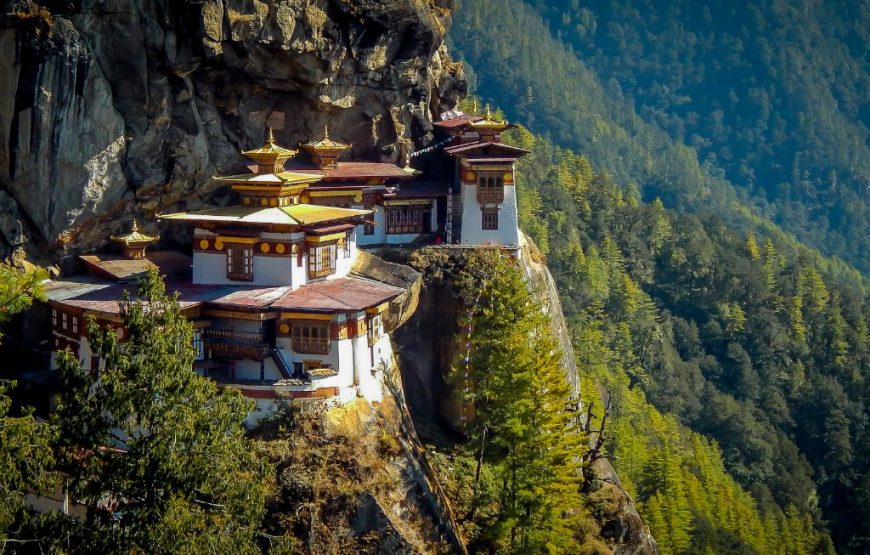
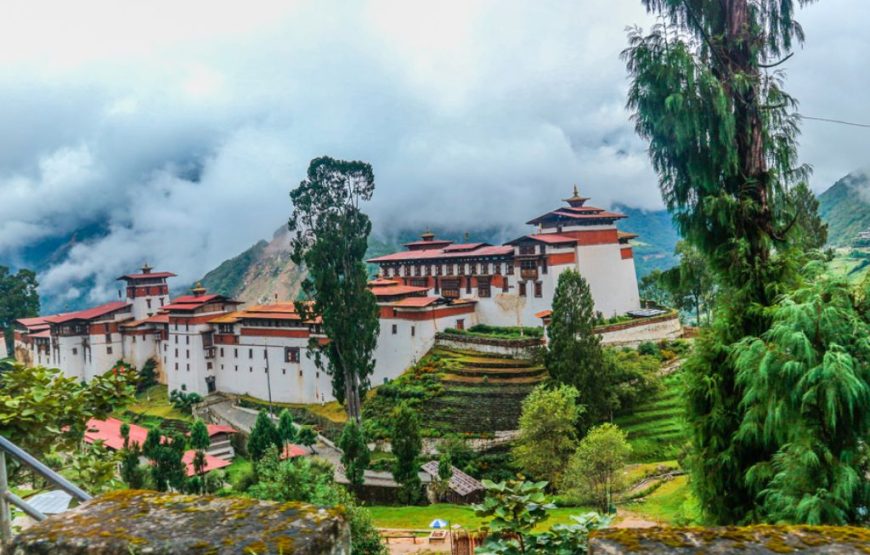
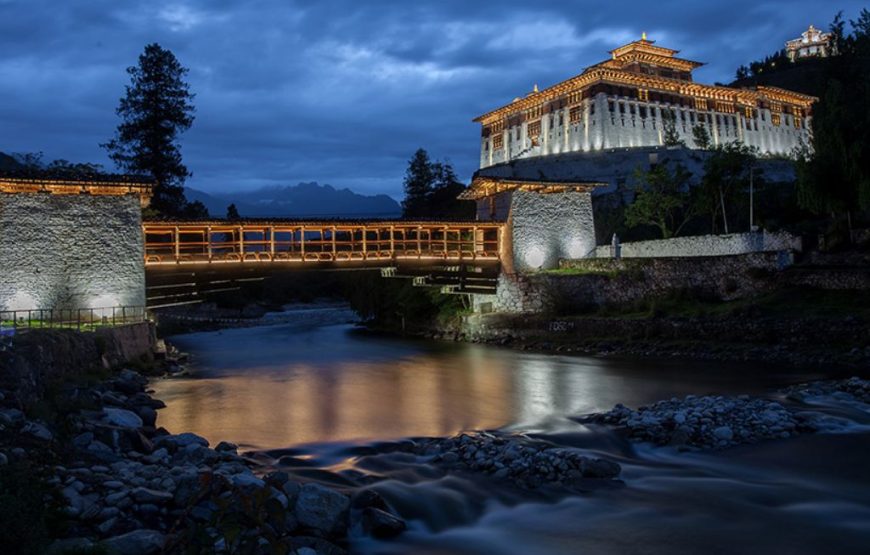
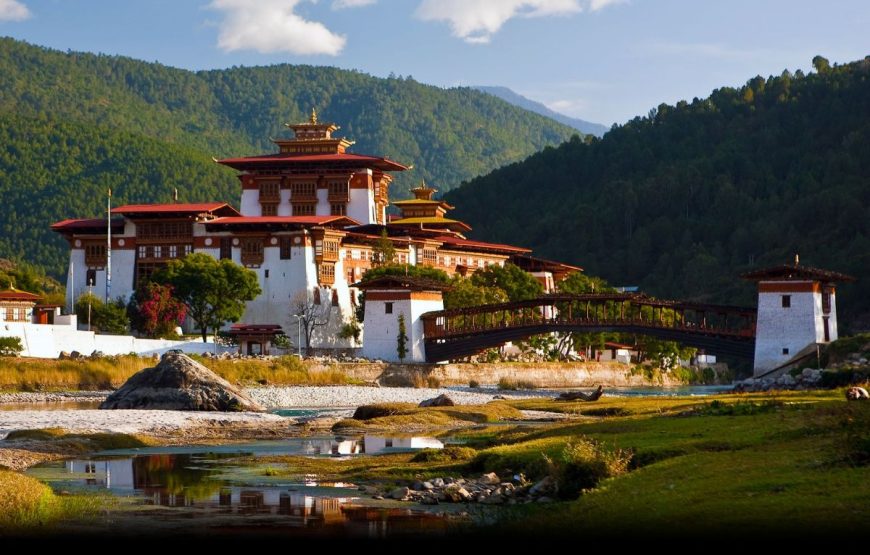
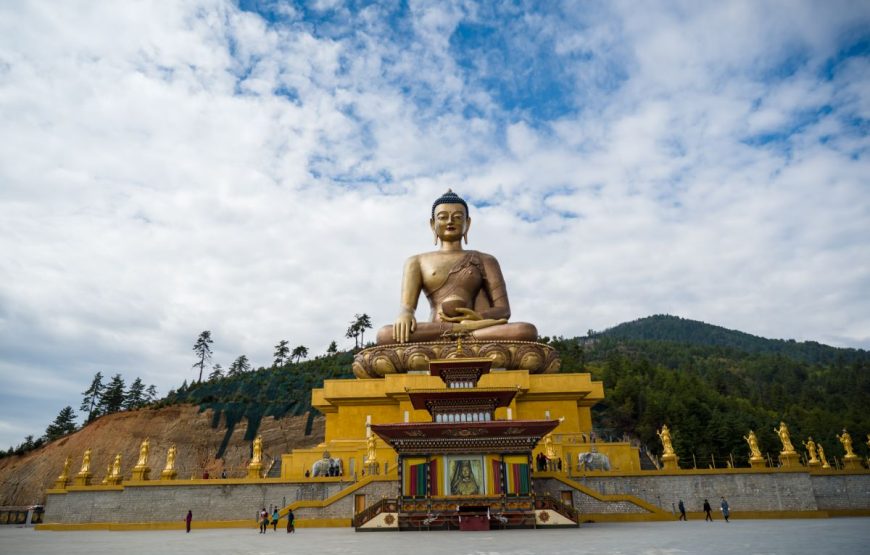
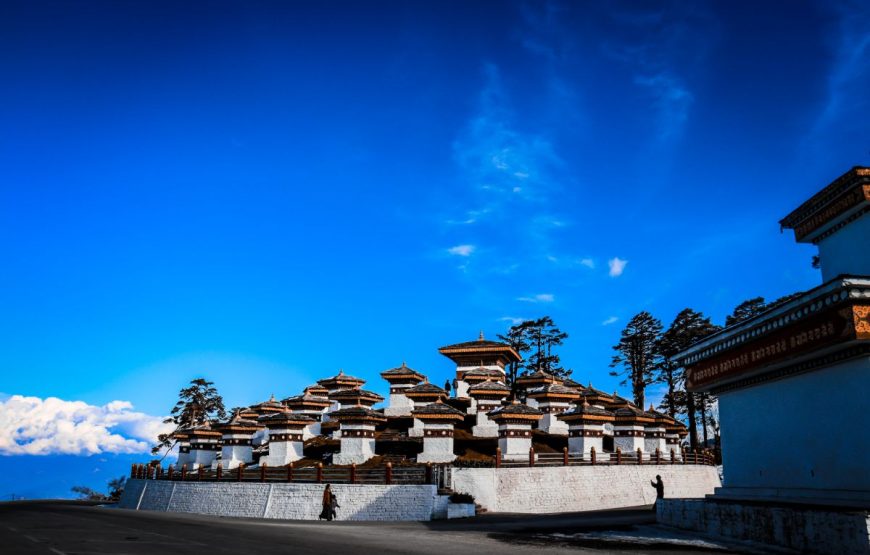
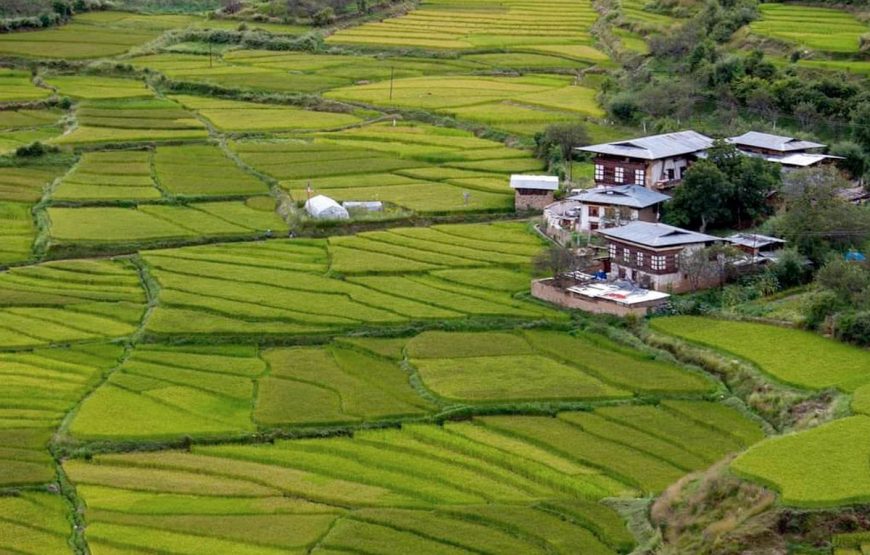
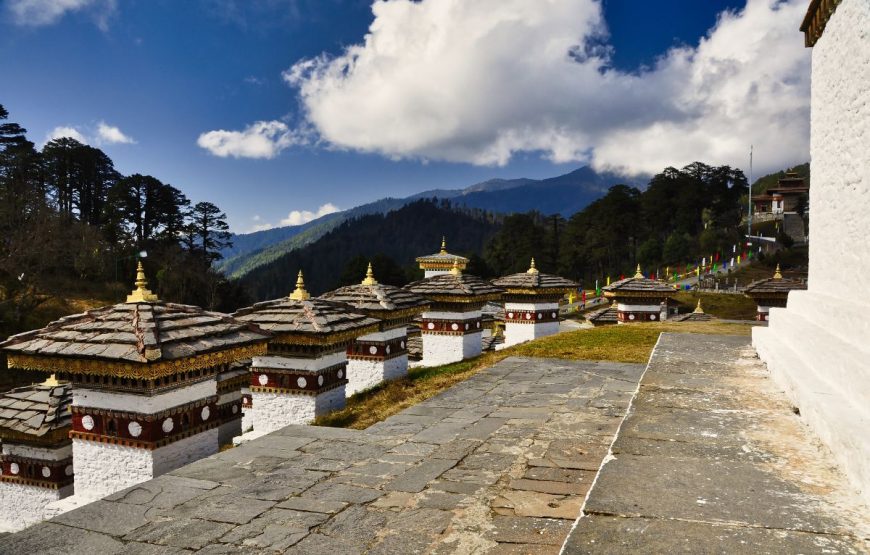
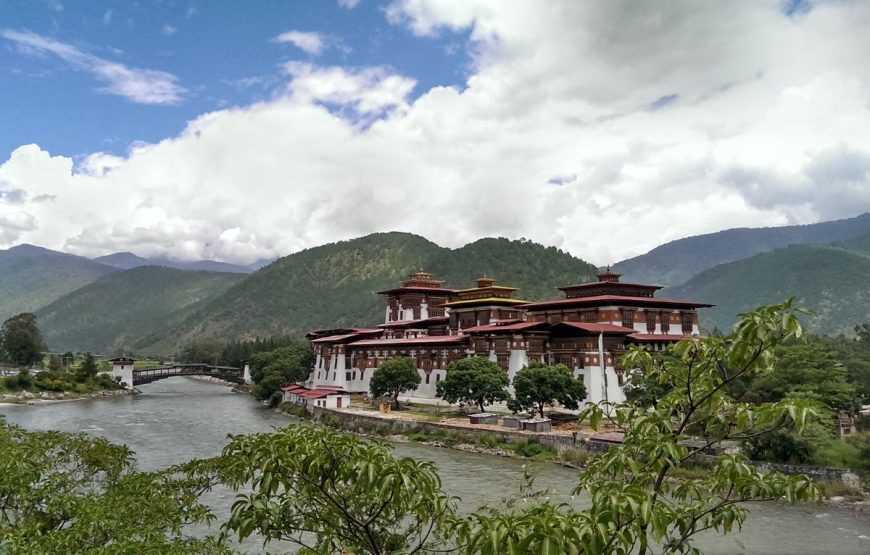
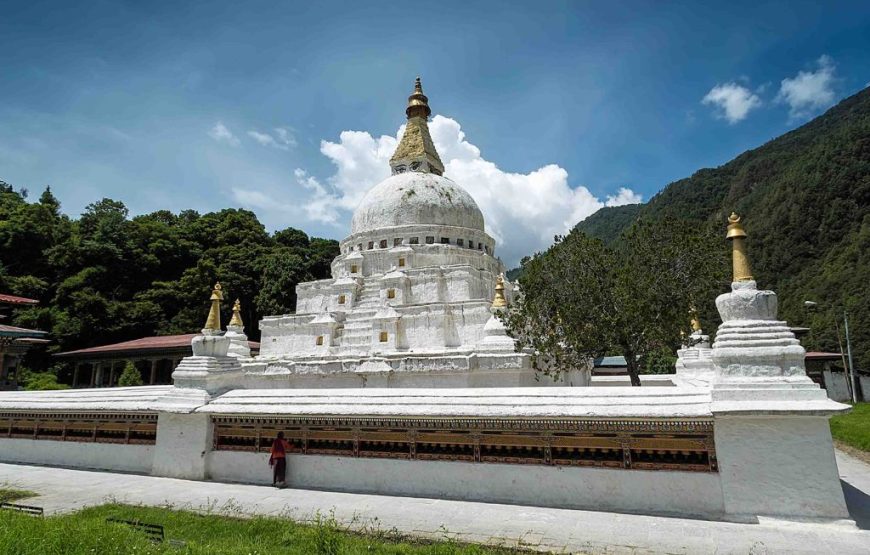
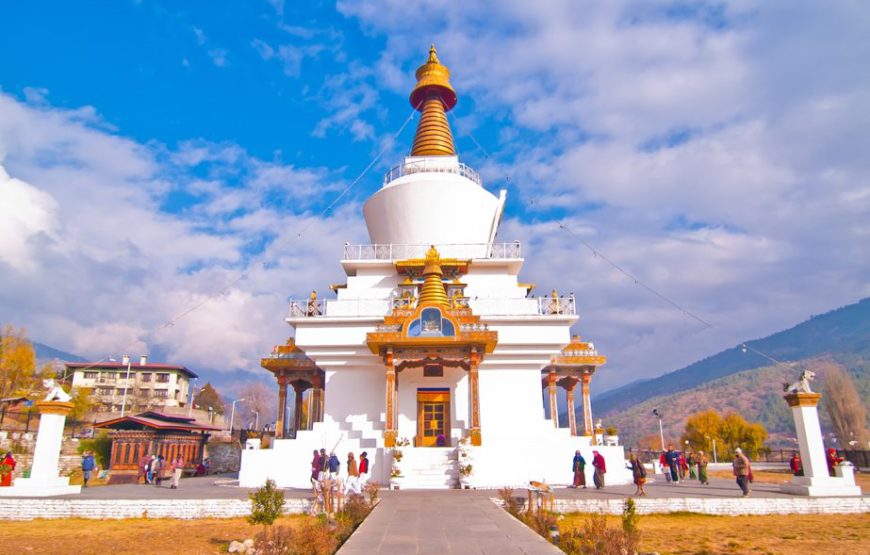
You will be received by the representative fromBhutan Sangay Tours at the airport. Before you drive for Thimphu, visit Rimpung Dzong (Paro Dzong) built in 1646 by Zhabdrung Ngawang Namgyal. The Dzong presently houses administrative offices.Once in Thimphu visit Memorial Chorten,a monument dedicated to the Third King of Bhutan, His Late Majesty King Jigme Dorji Wangchuck. The inside paintings and statues provide a very rare insight into Buddhist Philosophy and then visit Thimphu Tashichhoe Dzong. Overnight in Hotel.
After breakfast, Drive to Punakha via Dochula pass. If the weather is clear, we stop for a while at Dochula pass to view Higher Himalayas. While in Punakha, visit Chimi Lhakhang (temple of fertility) founded in 15th century by Lama Drukpa Kuenley famously known as ‘Divine Madman’. After lunch, visit Punakha Dzong built in 1637 by Zhabdrung Ngawang Namgyal and is situated between Pho Chu (Male River) and Mo Chu (Female River). The Dzong was named Druk Pungthang Dewachen Phodrang (Palace of Great Happiness). For many years until the time of the second king, it served as the seat of the Government. Punakha is still the winter residence of Je-Khenpo and King Jigme Dorji Wangchuk convened the new national Assembly here in 1952. Later visit Sangchen Dorji Lhendrup Lhakhang. Dinner and overnight in Hotel.
After breakfast, drive to Phobjikha. En-route visit Wangdiphodrang Dzong (from outside) built in 1639. Legend relates that as the people were searching for the site of the Dzong; four ravens were seen flying away in four directions. This was considered auspicious sign, representing the spread of religion to the four points of the compass. The Dzong is situated at the confluence of Mo Chu and Tang Chu rivers. Drive further to Gangtey valley. Visit Gangtey Goemba Monastery, which was founded by Gyaltse Pema Thinley, the grandson and mind reincarnation of Pema Lingpa founded the Temple in 1613. It is a Nyingmapa monastery and is affiliated to other Nyingmapa monasteries including Tamshing in Bumthang. Explore Phobjikha valley, famous for the Black Necked Cranes during winter. In the evening, drive back to Punakha. Overnight in Hotel.
After breakfast, drive to Thimphu. In Thimphu visit the National Library, which holds a vast collection of ancient Buddhist manuscripts followed by visit to Painting School, famous for carving and free hand art and Folk Heritage Museum, Handicrafts Emporium to see the exquisite artistry of traditional crafts and textiles. If the time permits, visit Mini zoo, where we have the National animal Takin. By evening, drive towards Paro. Dinner and overnight in Hotel.
After Early breakfast, a drive takes us to ramthangka, the trail climbs through beautiful pine forest, many of the trees festooned with Spanish moss, and an occasional grove of fluttering prayer flags. We stop for a rest and light refreshments at the Taktsang Jakhang (cafeteria) and then walk a short distance until we see, clearly and seemingly within reach, Taktsang monastery. The primary Lhakhang was built around Guru Rimpoche’s meditation cave in 1684 by the Penlop of Paro, Gyalse Tenzin Rabgay. This incredible monastery clings to the edge of a sheer rock cliff that plunges 900m into the valley below. Legend has it that Guru Padmasambhava, the tantric mystic who brought Buddhism to Bhutan in 746 AD, flew here on the back of a flying tigress. In the evening, visit Kyichu Lhakhang, one of Bhutan’s oldest and most sacred monasteries dating from the introduction of Buddhism in the 7th century and Dinner and overnight at the hotel in Paro.
Early morning, drive to the Airport and Farewell on your onward destination.
Bhutan is a year-round destination. There are four seasons: summer (June to August), autumn (September to November), winter (December to February) and spring (March to May). But because of the range of altitudes in the country, and the influence of the north Indian monsoons, the climate is incredibly varied.
In the south, the humid, subtropical climate is fairly consistent year-round, with temperatures between 15oC and 30oC. Central Bhutan, with its temperate forests, has a more seasonal climate, with warm summers and cool, dry winters. The northern regions are much colder during winter. Because of the high altitude, mountain peaks are snowy year-round and the lower reaches remain cool in summer.
In summer, the Indian monsoon season runs from late June or July to late September, mostly affecting the southern regions. Most farming activities take place in the summer, when crops thrive in verdant landscapes.
Autumn, from late September or early October to late November, follows the rainy season. It is characterised by bright, sunny days and some early snowfall at higher elevations. It’s the season of feasts and festivals as farmers reap the fruits of their work.
From late November until March, the crisp, clear and sunny winter sets in, with frost throughout much of the country and snowfall common above elevations of 3,000 metres. The winter northeast monsoon brings gale-force winds at the highest altitudes through high mountain passes, giving Bhutan the name Drukyul, which means Land of the Thunder Dragon in Dzongkha (Bhutan’s national language).
Bhutan’s generally dry spring starts in early March and lasts until mid-April. It is a botanist’s delight, with nature in full bloom. Summer weather commences in mid-April with occasional showers and continues to late June.
If you would like to book completely independently, there are plenty of online resources for inspiration, research and booking – including this website. There are lots of experienced, accredited tour operators that can help you too. Please check our website https://services.bhutan.travel/ for a full list of DOT-certified Tour Operators, hotels and guides.
Our host team is also on hand to help provide you with information as you plan your journey.
The country has one international airport located in Paro. Flights operated by Drukair and Bhutan Airlines arrive and depart from destinations including Bangkok, Delhi, Kolkata, Bagdogra, Bodhgaya, Dhaka, Kathmandu, Guwahati and Singapore. Private jets or charters can fly into Bhutan after obtaining the relevant approvals.
There are also domestic airports in Yonphula in eastern Bhutan, Bumthang in central Bhutan, and Gelephu in south-central Bhutan.
There are no rules about what visitors should wear. However if you are planning to visit places of religious significance, respectful smart-casual clothing that covers your body from shoulders to knees is appropriate and appreciated.